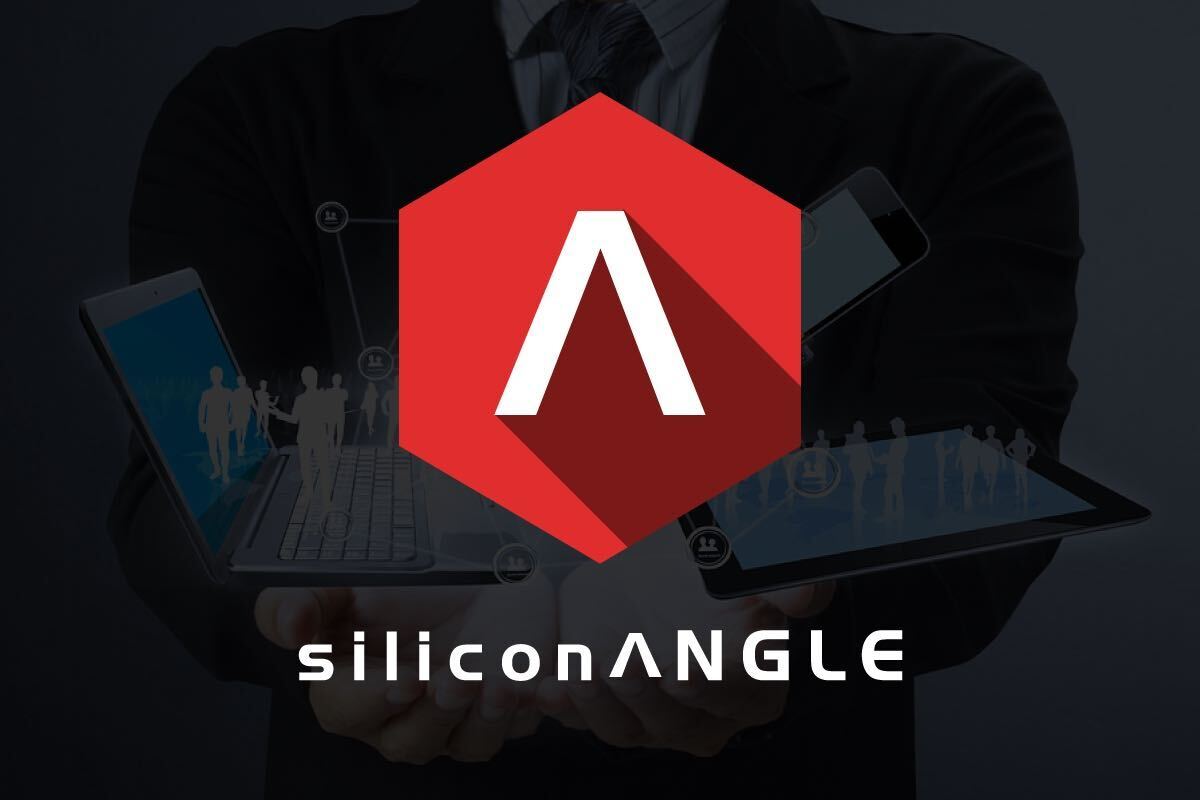


![]() Social adoption is growing rapidly in the enterprise. Employees seek the same effortless anytime any place collaboration in the office that they enjoy with friends on popular social networks, and that requires mobile access. Support for mobile has become almost a necessity in public social networks. It is also quickly becoming a must have feature for enterprise social. In an ideal world, enterprise social platforms would support every mobile device and capability. Unfortunately, here in reality, that is not the case.
Social adoption is growing rapidly in the enterprise. Employees seek the same effortless anytime any place collaboration in the office that they enjoy with friends on popular social networks, and that requires mobile access. Support for mobile has become almost a necessity in public social networks. It is also quickly becoming a must have feature for enterprise social. In an ideal world, enterprise social platforms would support every mobile device and capability. Unfortunately, here in reality, that is not the case.
About the only thing enterprise social vendors can agree on when it comes to mobile is that it’s a must have feature. According to Rob Howard, Telligent Founder and CTO,
“Today’s employees expect to connect with people and information anywhere, anytime, and on any device, including the ones that they bring from home to work. This means that support for any device is no longer the exception – it’s the rule.”
Howard’s sentiment is shared almost universally across the industry. IBM’s most recent update to its social suite, IBM Connections, provided an example of enterprise social vendor’s focus on mobile. According to Heidi Ambler, director of product management for IBM Social Software, the latest release, Connections 4.0, includes
“a more interactive activity stream, broader support for mobile devices, more granular usage analytics and integration with email and calendar systems.”
That “mobile support” bullet on a feature list can mean wildly different things across enterprise social offerings.
From platform perspective, Apple’s iOS is the superstar of mobile. The company has massive brand recognition and enterprise adoption continues to eclipse Android. This means vendors are much more likely to offer native apps for the iOS-based iPhone and iPad versus other devices. For example, Cisco’s WebEx Social’s mobile application, which was updated in June, works with Apple iOS 4.3, 5.0, 5.1 on iPhone, iPod touch, and iPad devices. However, when it comes to Android, Cisco only elected to support Android 2.2 and is currently supported only on Cisco Cius devices.
Although Android support is sparse is Cisco’s WebEx Social, Google’s mobile platform is popular. However, there is substantially more variance in the native support landscape, which means businesses shouldn’t just assume their favorite enterprise social platform supports Android natively. Even more problematic is the lack of standardization across devices; understanding iOS support requires a checkbox. Understanding Android support requires a matrix. Organizations must first confirm Android support, but the questions should not stop with a “Yes!” from the vendor. Perspective customers must then learn which specific versions of Android the solution supports. It would also be very wise to determine the specific devices the vendor has used to test their app, because there can be differences between devices even on the same level of Android.
Organizations using Research in Motion’s rapidly disappearing Blackberry or Window’s based devices have even fewer native mobile options. Some vendors elect to avoid native applications and their many challenges completely in favor of browser-based applications, especially given the new capabilities available in HTML5. However, even this strategy can include unexpected difficulties. HTML5 feature supports varies wildly across browsers and use of frameworks like WebKit can result in inconsistent behavior based on the device’s and browser’s features.
The key takeaway for technology and business leaders responsible for selecting an enterprise social platform – understand your organization’s mobile requirements and don’t assume things will just work.
Once you understand what your organization requires, ensure the features work as expected via a hands on demonstration. These steps may add effort to the enterprise social selection process, but they are critical for ensuring platforms have the level of mobile support necessary for your organization.
Contributor: Amber Harris